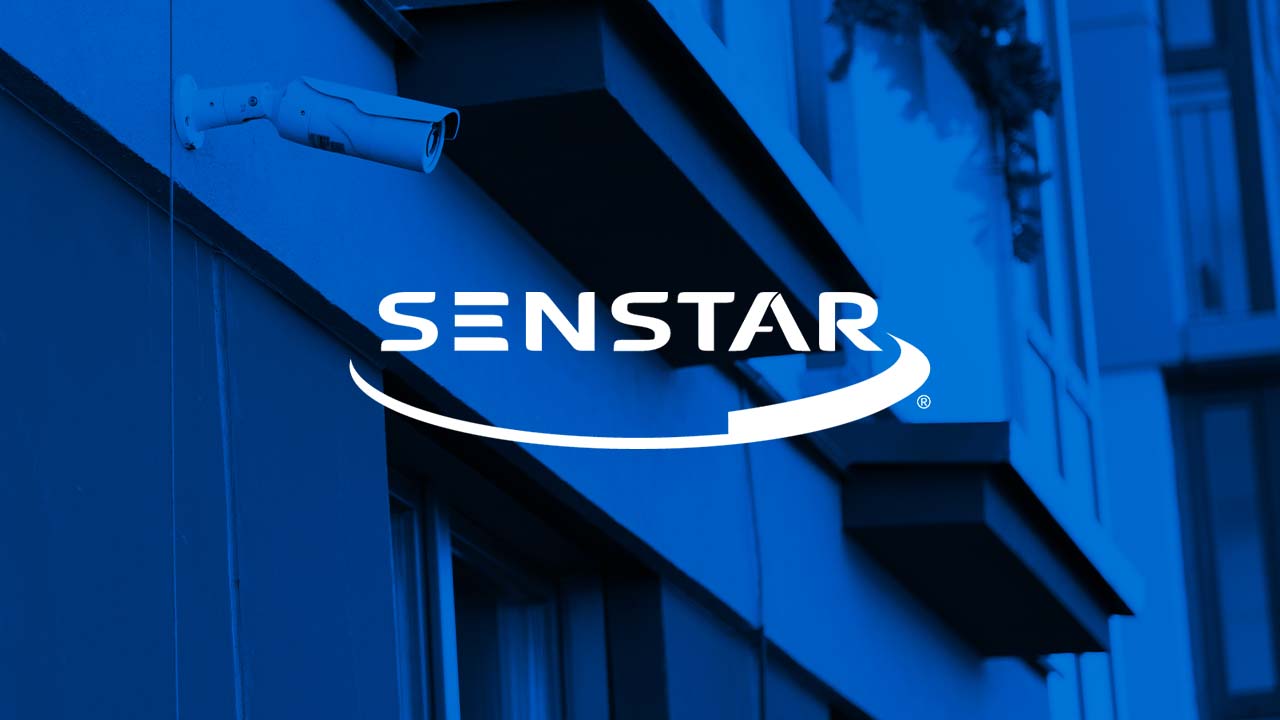When it comes to protecting the perimeters of significant locations, not all technologies are created equal. A common layered approach ensures that if one technology misses a security threat, another technology captures it. Taking this approach to a whole new level is sensor fusion. By utilizing sophisticated machine learning methods, it incorporates inputs from numerous different sensor types to pinpoint security threats intelligently and reliably. Its benefits include the reality that it can be simply integrated into an existing perimeter security infrastructure.
This blog will discuss the various benefits that this technology delivers to a security portfolio. If you’re new to the notion of sensor fusion for perimeter security, we encourage you to take a look at this article from Senstar.
6 Benefits of Improving Perimeter Security
1. Reduced Nuisance Alarms
One of the most prominent obstacles in perimeter or physical security is the nuisance alarms or false alarms. This is a necessary problem to deal with as it can waste resources by distracting system operators and uselessly deploying security teams.
Sensor fusion overpowers nuisance alarms. By synthesizing data from separate inputs, a sensor fusion system differentiates true intrusion events from other kinds of system “noise” such as weather situations, moving vegetation, nearby pedestrians, or curious animals.
2. Enhanced Probability of Detection
On the other side of avoiding nuisance alarms is guaranteeing that legitimate threats don’t get ignored. But fine-tuning system sensitivity between these two extremes is very challenging to do. A highly sensitive system is susceptible to false alarms while an insufficient system may miss real security threats.
A perimeter security system with sensor fusion makes use of raw data from numerous sensor types to validate its conclusions. This allows operators to prepare each sensor to the highest sensitivity setting without increasing the possibility of nuisance alarms, making the system very sensitive to real threats when they do transpire.
3. More Confidence in Security Systems
Operator confidence in a security system is essential to its effective functioning. If there are too many problematic alarms, operators come to take no notice of them and are therefore less alert when a real security event occurs. This can erode everyone’s trust in the system.
Since sensor fusion does the work of discerning between threats and non-threats in real-time, operators come to count on the system. They rapidly find that when their system provides a warning, it is a real event.
4. Direct and Indirect Cost Savings
The ability of a sensor fusion security system to defeat nuisance alarms helps avoid unnecessary costs. Specifically, it takes away the expense of dispatching security personnel to investigate and settle all reported incidents. This reduces costs whether the security team is composed of employees or contractors. This can also be true when there are increased rates for incident pay and when investigations demand overtime.
Another way how this solution saves money is by lowering insurance costs. This results from the better performance of the system and improved capability to capture problems as they materialize, leading to less likelihood of issues and more acceptable security track records. This improved performance leads to lower premiums.
Finally, there are fewer costs with a sensor fusion security system because of the decrease in vandalism, property losses, and liability when intrusion attempts are prevented.
5. Single Vendor Accountability for Performance
Because security systems that use sensor fusion need access to the internal low-level data of every sensor to work efficiently, they typically require all sensors to come from the same security vendor. This has a side benefit in that it has a single party responsible for the entire system’s behavior and performance. There is no passing the blame if the system has execution problems.
6. Simple Installation
A sensor fusion system with its varying sensors is designed to perform as a whole. As a result, this doesn’t demand as much site-specific tuning as other systems. For example, security systems that use Boolean logic typically need to be precisely configured to merge the outputs of each camera and fence segment. These systems may require a lot of tinkering of sensitivity levels to differentiate between false alarms and legitimate events.
Connect with us to learn more about other effective solutions from Senstar.





